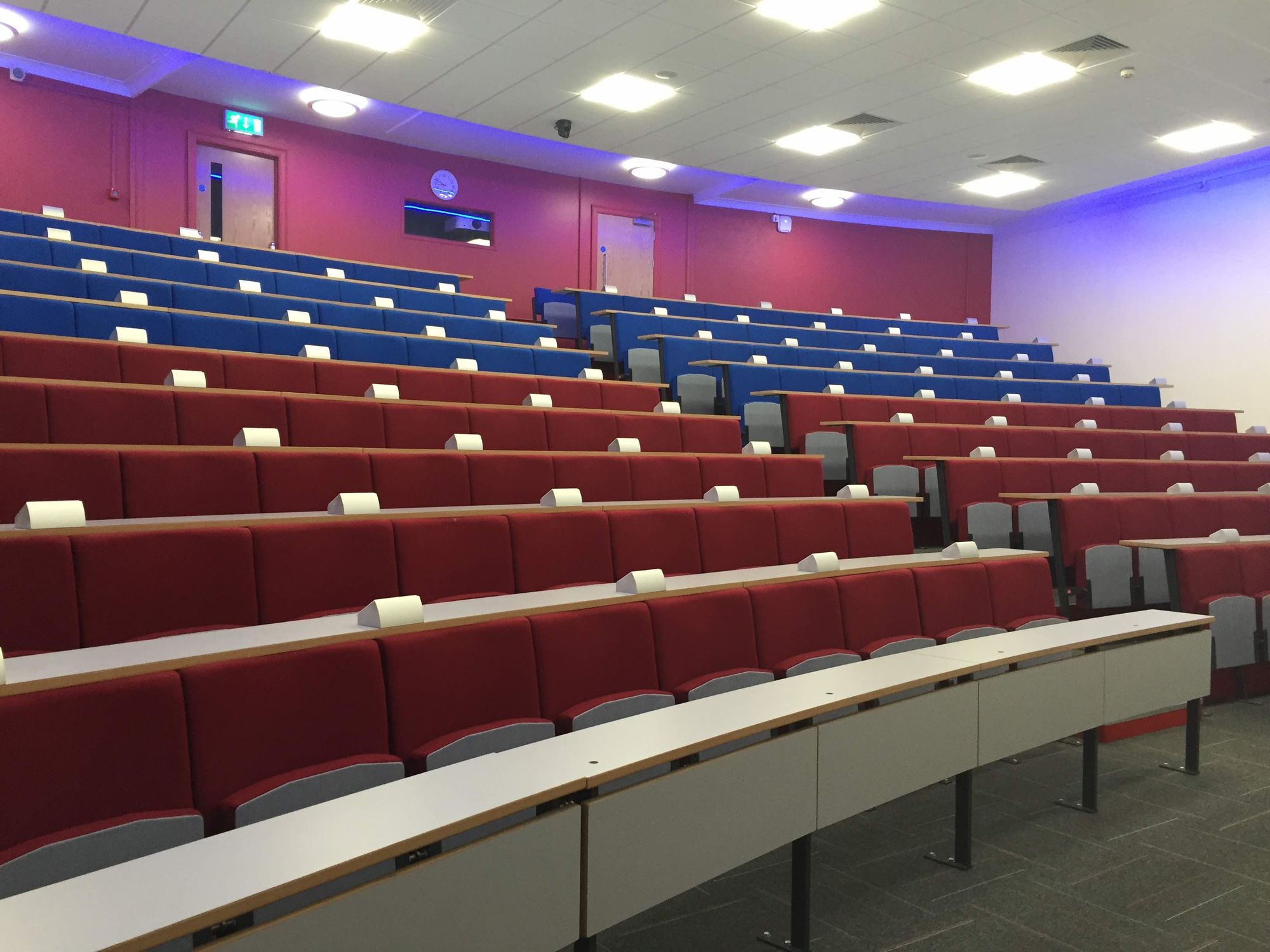Is it time to stop using lectures?

At the Aberystwyth University Learning and Teaching Conference 2017 (AUTEL 2017), I will be leading a workshop entitled Is it time to stop using lectures? The abstract for the session is available on Aberystwyth's nexus website.
The motivation for the session came from a couple of articles shared by colleagues. The first article is from Stanford Magazine, discussing Carl Weiman's journey with active learning at University of British Colombia and Stanford University. The second article was in defence of the lecture, from Miya Tokumitsu at jacobin.com. Is there a role in building community, setting the rhythm of a course and building a skill of collective listening?
The articles prompted a reflection of my own teaching practice. Sessions where there was more interaction and possibly little formal lecturing have felt more effective for learning. Yet I know that I do deliver the traditional lecture focused on transmission of knowledge, perhaps too often. Can we (I?) let go of lectures as a way to cover the syllabus?
In this workshop, we will be discussing the role of lectures to enable and support learning.
We will be discussing what is good about lectures and what could be better? Moving on from that, in what ways can lectures support and encourage (i) the independent learner, (ii) accessible and inclusive learning and (iii) student engagement. Finally, we will turn to the issue of what changes might be possible in our own context.
The first keynote of AUTEL 2017 was 'Interactive classroom technologies and teaching excellence', given by Dr Rachel-Anne Knight, the Associate Dean for Education Technology and Innovation at City, University of London. It was a really helpful session that looked at the issue of learning, considering the literature, and also gave practical demonstrations of what one flavour of active learning looks like. Hopefully this session connects with some of those ideas.
Preparing for the workshop took me to literature on Student Engagement, in particular the collection of essays in Understanding and Developing Student Engagement and looking at the NUS resource, the Comprehensive Guide to Learning and Teaching. These resources raised the issue of belonging as important to engagement and student growth. What role might a lecture have here, particularly if we have lectures with many students?
There is also helpful materials from Phil Race, talking about how to use the space for lectures as places of learning and feedback. There are lots of considered and helpful suggestions on changes that can enhance learning within the constraints of the timetabled slot.
During the reading, I was also reminded of the different levels regarding theories of learning and teaching, discussed by Biggs and Tang in Teaching for Quality Learning at University. The discussion looks at three levels of focus. The first two levels are driven by the issue of transmission - the teacher getting the information across to students. Level 3 moves to a student-focused view and thinks about what the learning outcomes are and how the learning activities help students reach those outcomes.
Resources
The following resources are referred to above.
-
Sam Scott, Should we lose the lecture?, Stanford Magazine (March 2017). This also includes a SoundCloud recording of an interview with Carl Weiman on Stanford Radio.
-
Miya Tokumitsu In defense of the lecture, Jacobin.com (February 2017).
-
Colin Byson (Editor), Understanding and Developing Student Engagement (2014).
-
Phil Race, Phil on Lectures (April 2017) - extracts from 3rd edition of 'Making Lectures Happen' and 4th Edition of 'The Lecturer's Toolkit'.
-
National Union of Students, Comprehensive Guide to Learning and Teaching (2015).
-
John Biggs and Christine Tang - Teaching for Quality Learning at University. (2011) 4th Edition.
